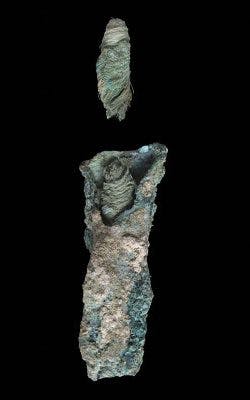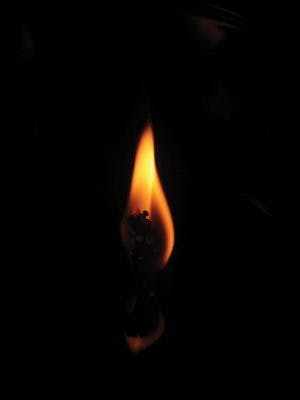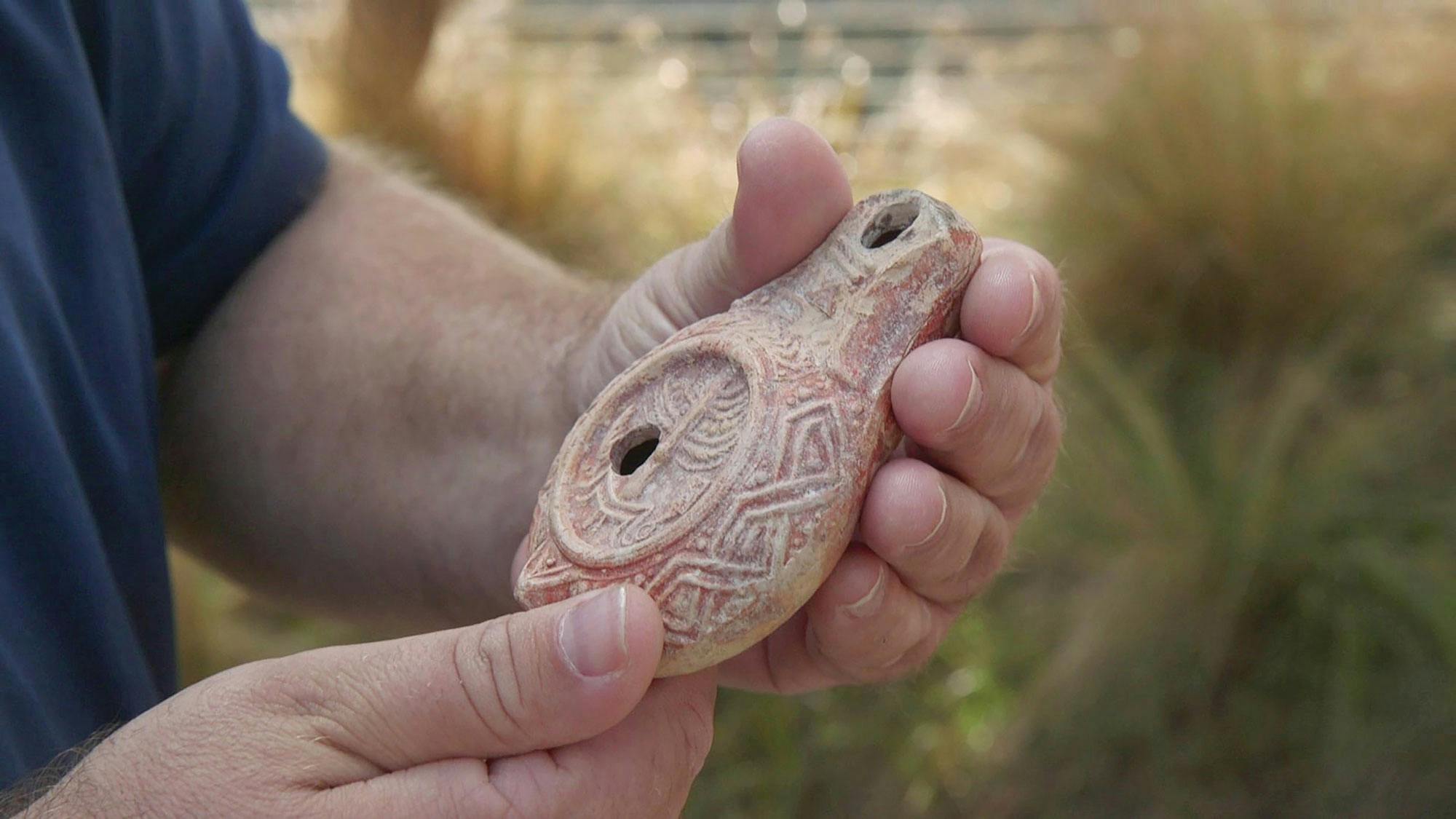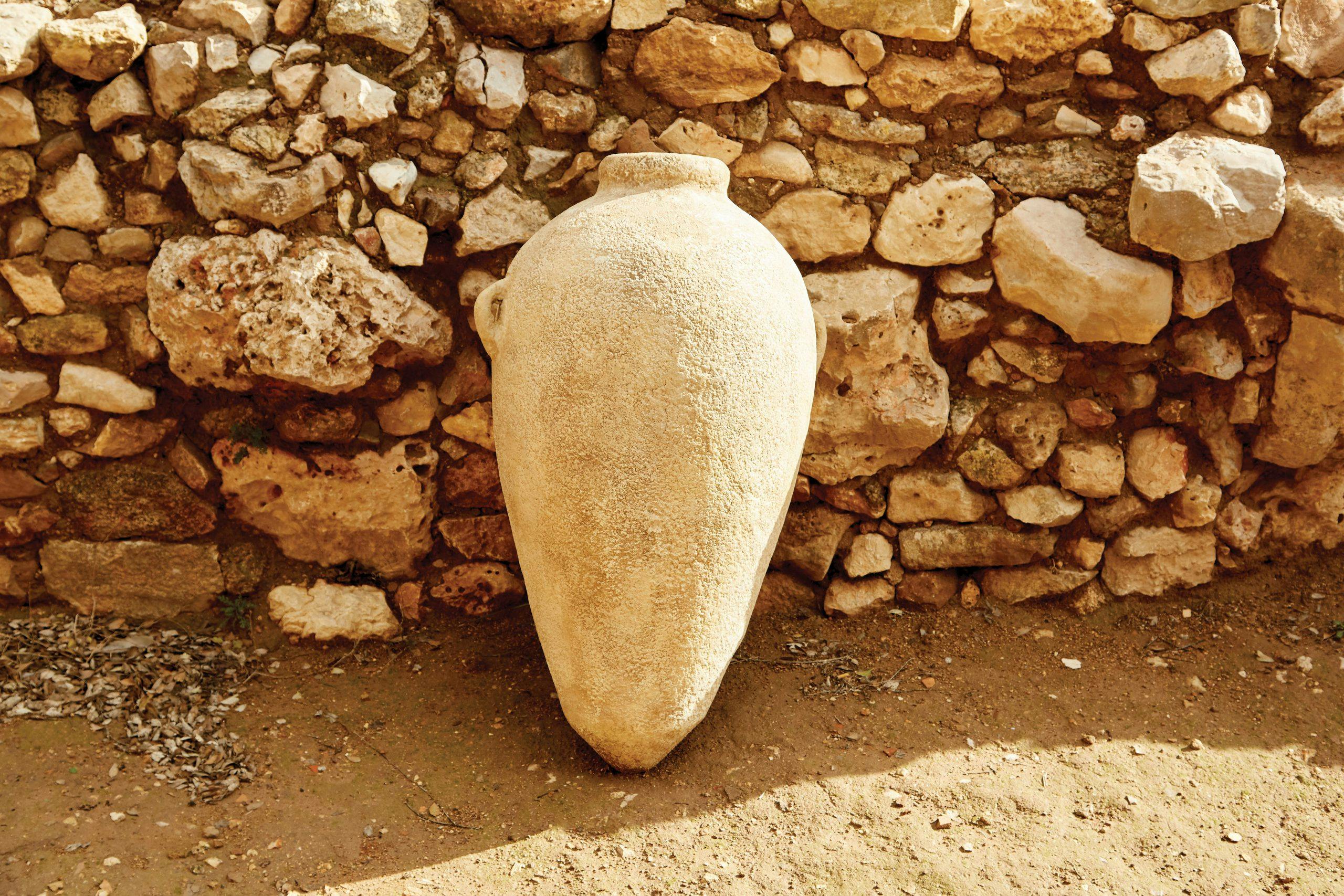Lighting the Ancient World


Dr. Naama Sukenik of the IAA said, “It seems that this rare find was preserved thanks to the dry climate in the Negev…Lamps made of pottery or glass are often found in archaeological excavations, but to find a wick from ancient times is rare because they are made of organic fibers, which normally disintegrate quickly and disappear into the soil…[or] are usually consumed by fire.”
The wick was found in a small copper tube into which the wick was inserted when lit. Microscopic examination showed that the wick was made of linen, which comes from the flax plant. Linen is mentioned in the Mishnah (first written recording of Jewish tradition) as a high-quality material for wicks because it burns long and beautifully. The Mishnah also mentions other wicks made of lesser quality materials and therefore prohibited for use in Shabbat (Sabbath) lamps. Among these were fibers made from the plant named Sodom’s Apple, which grows in the Dead Sea area.
“Because flax doesn’t grow in the Negev, it probably came from farther north in the country through commerce,” Dr. Sukenik added. “The rare wick belongs to a type of glass lamp typical of the Byzantine period—a glass cup or bowl that was filled with oil and provided ample light, even after dark.
“Despite the tiny size of the wick…it sheds light on one of the most essential and common objects of antiquity, which has almost disappeared from the world, but survived at Shivta.”
Related Resources

Discover Your Purpose and God’s Heart For You
In today's divided, turbulent world, it's essential for the Church to rediscover God's heart. Our free e-book, authored by a seasoned expert with three decades of experience in Israel, delves deep into the teachings of Jesus (Yeshua) to reveal God’s principles of love and purpose. Learn how embracing these truths can bring significance and impact to your life, even amidst chaos. Subscribe now to receive your free copy and embark on a journey of transformation.





